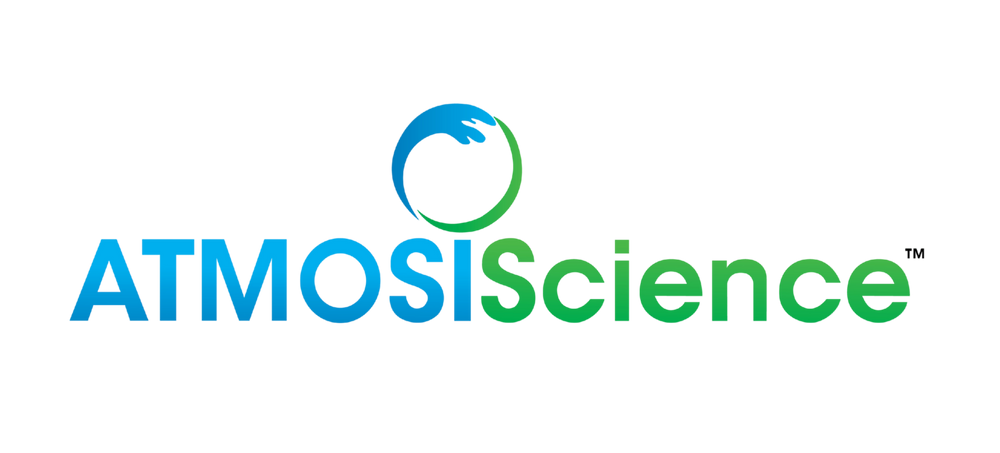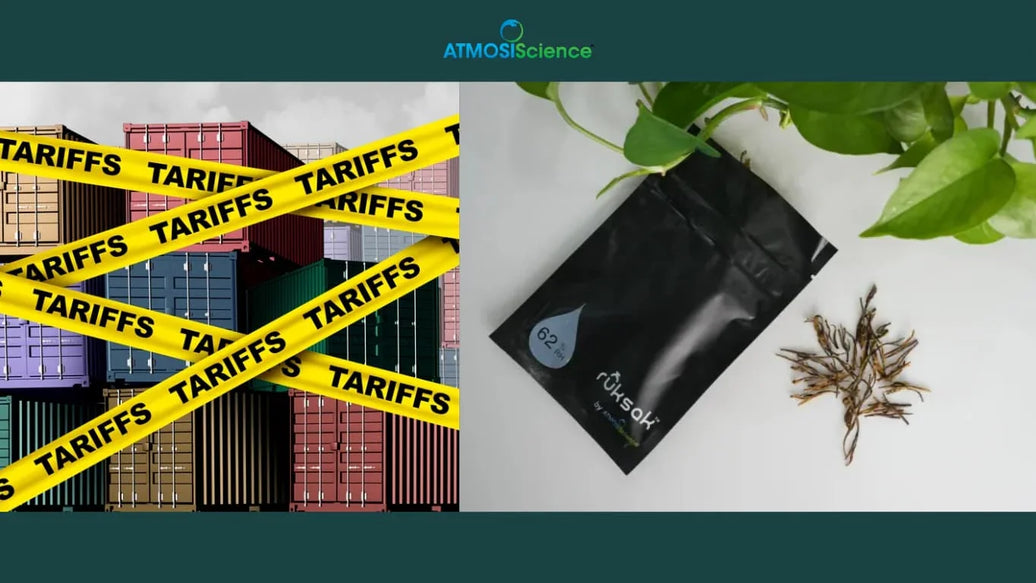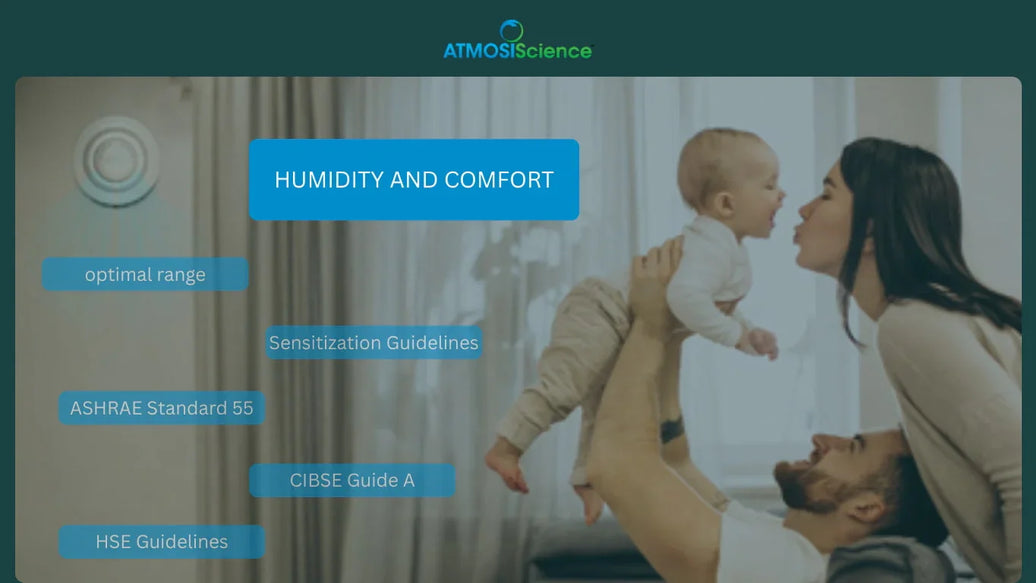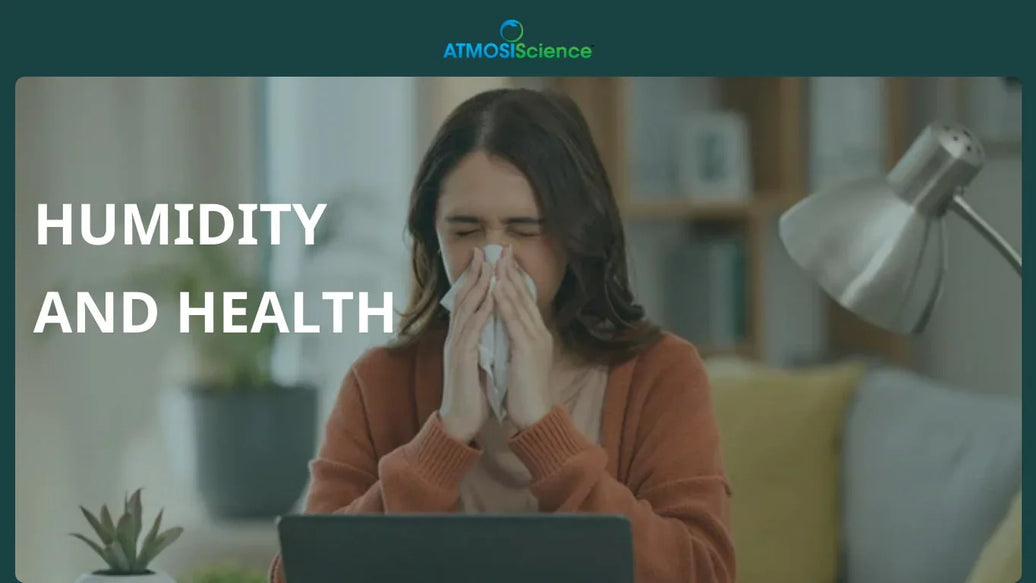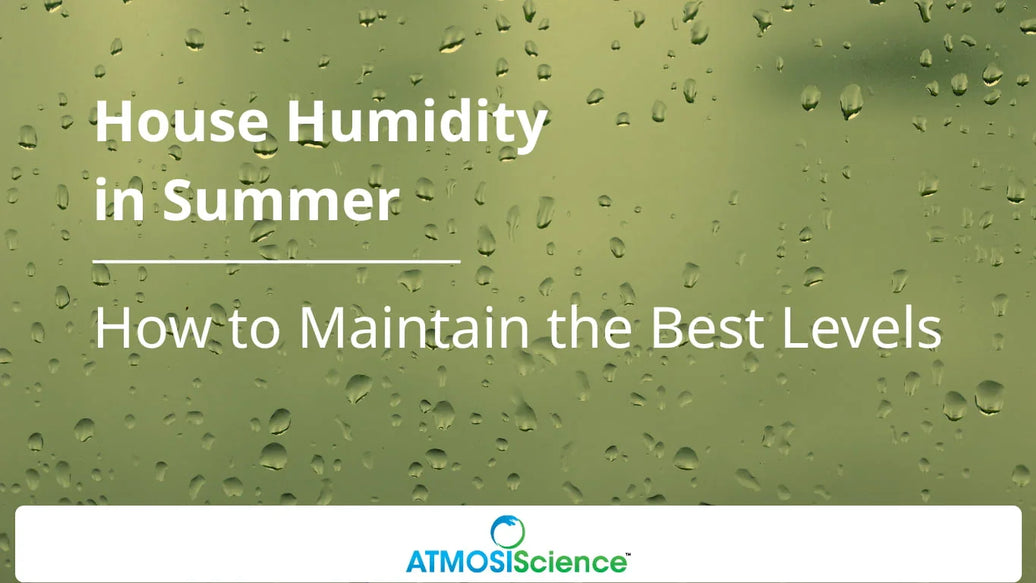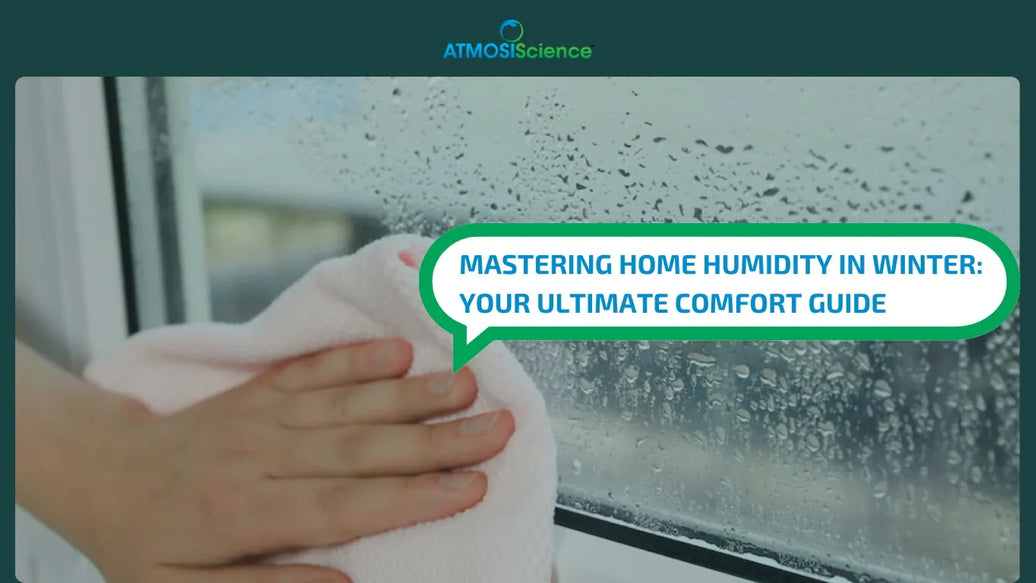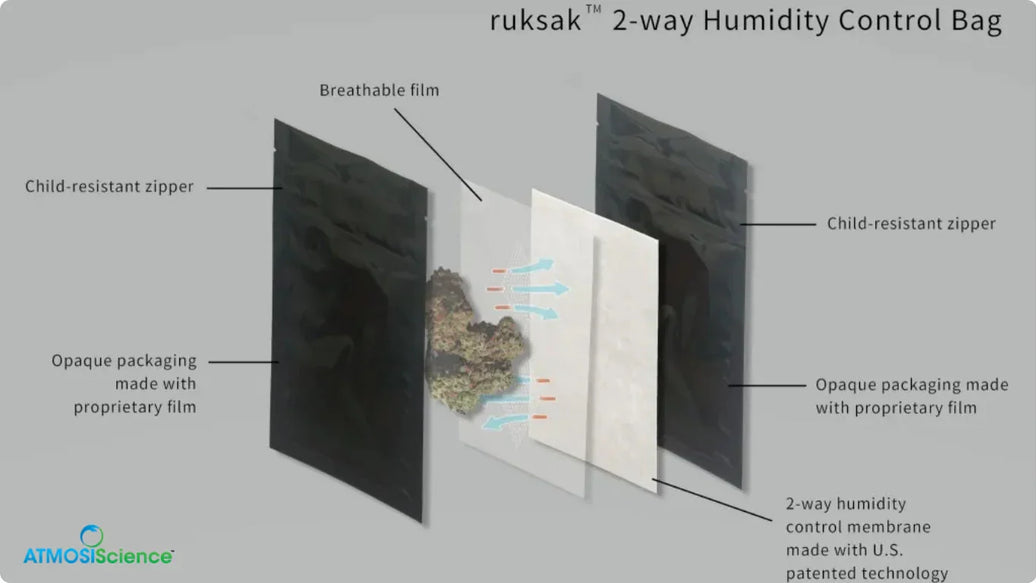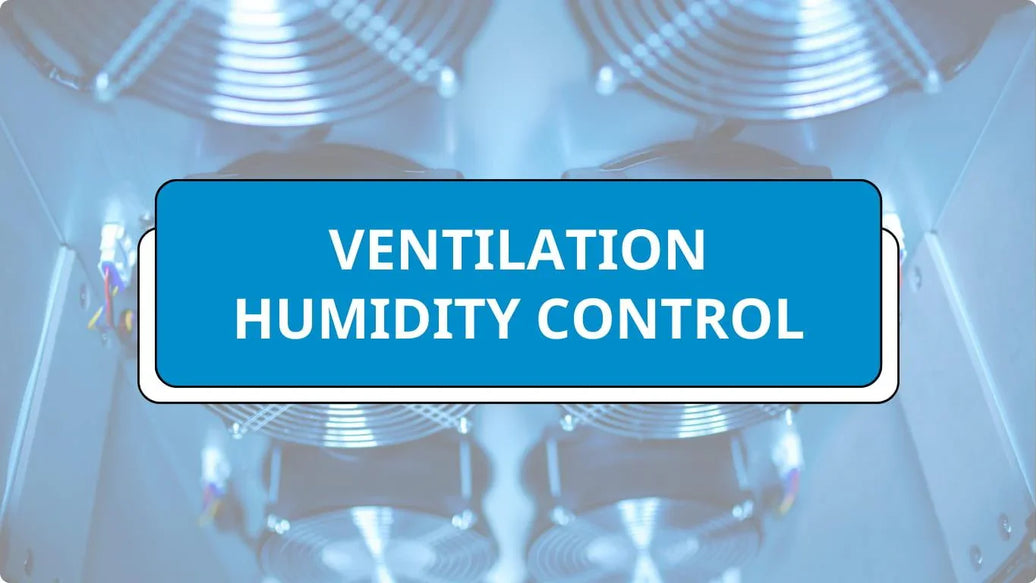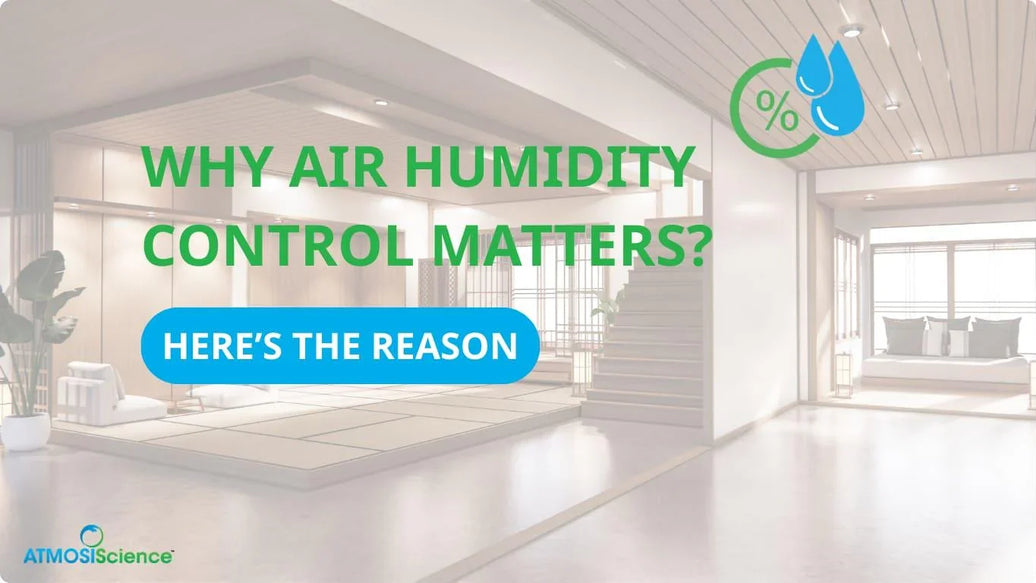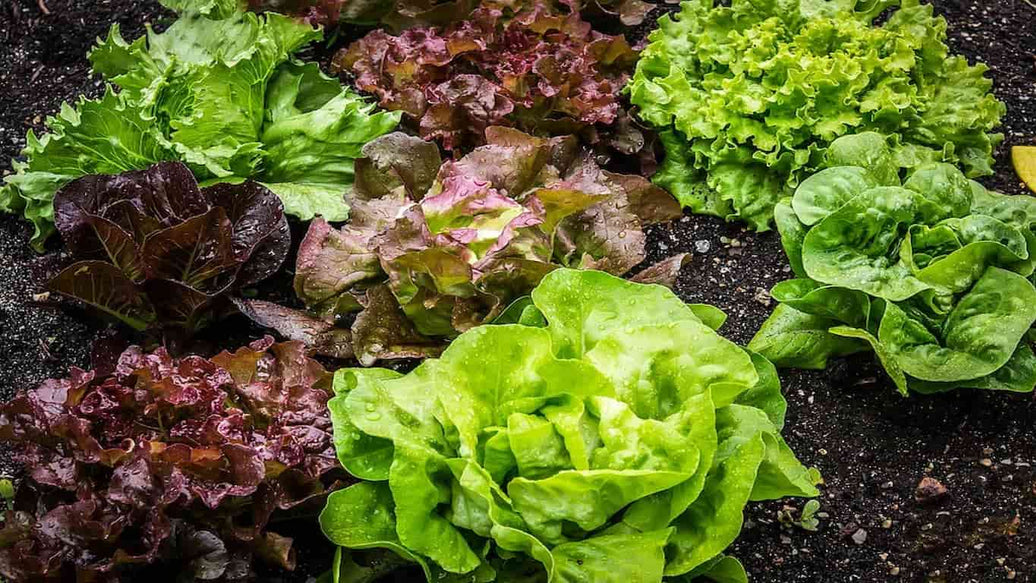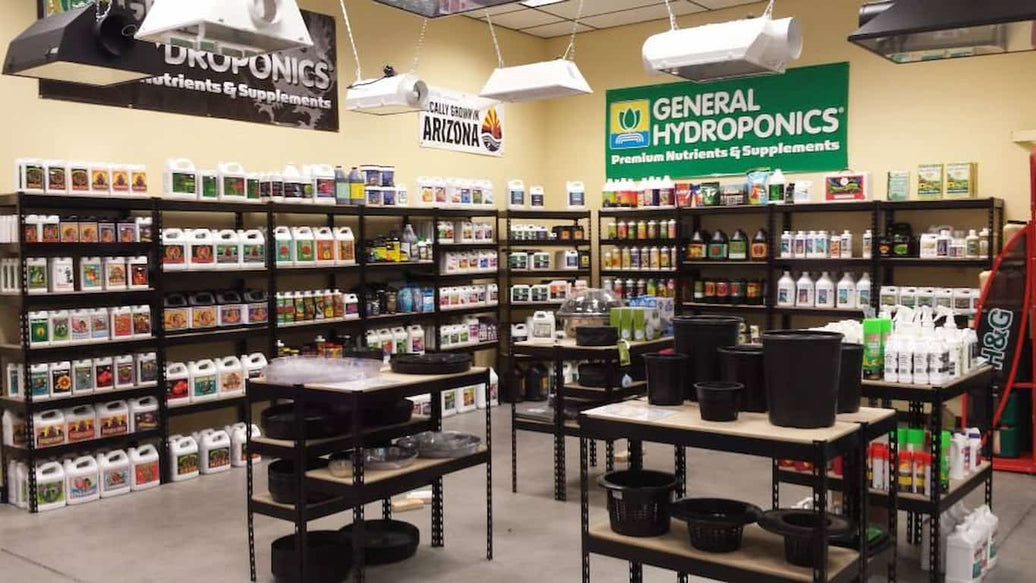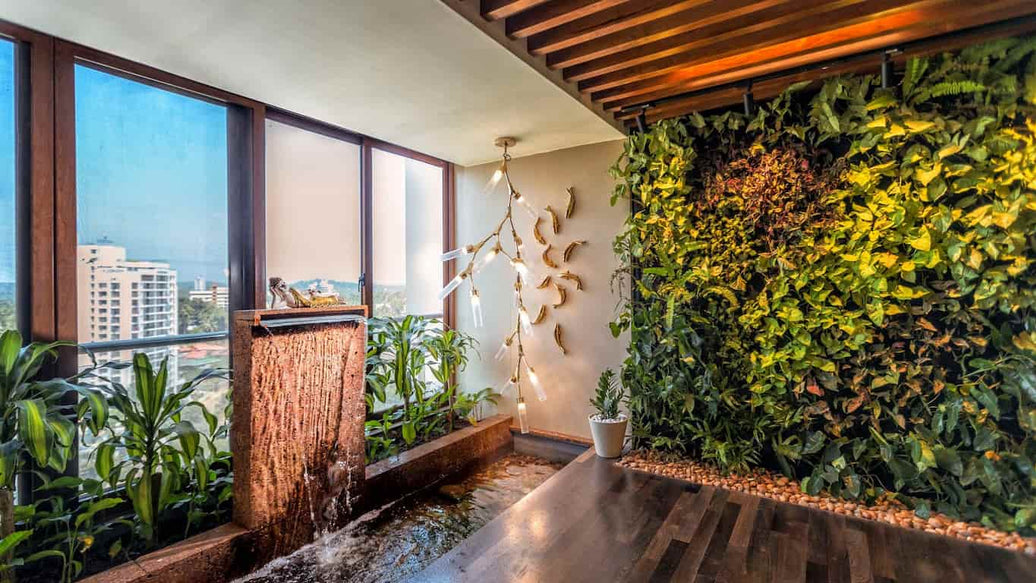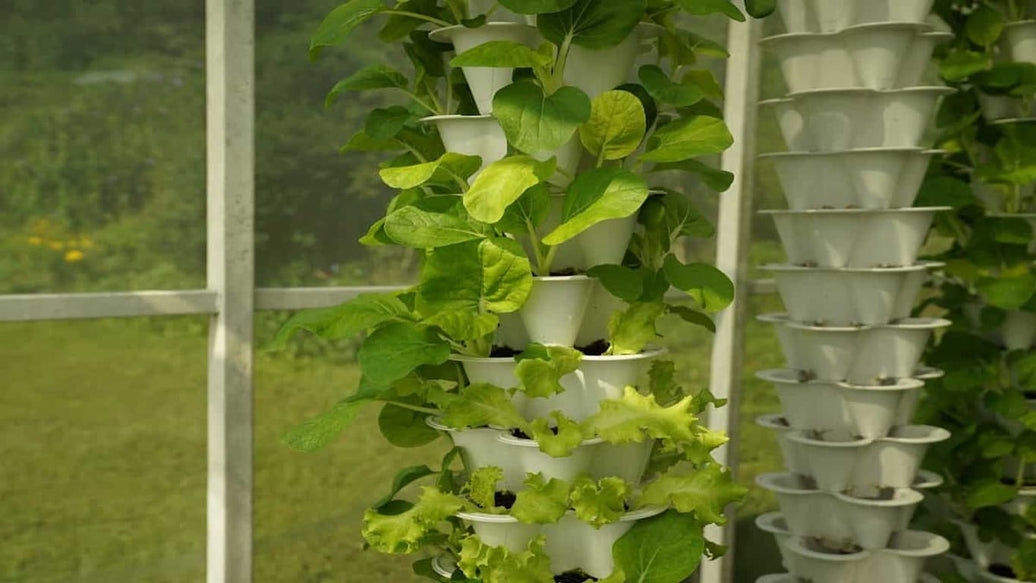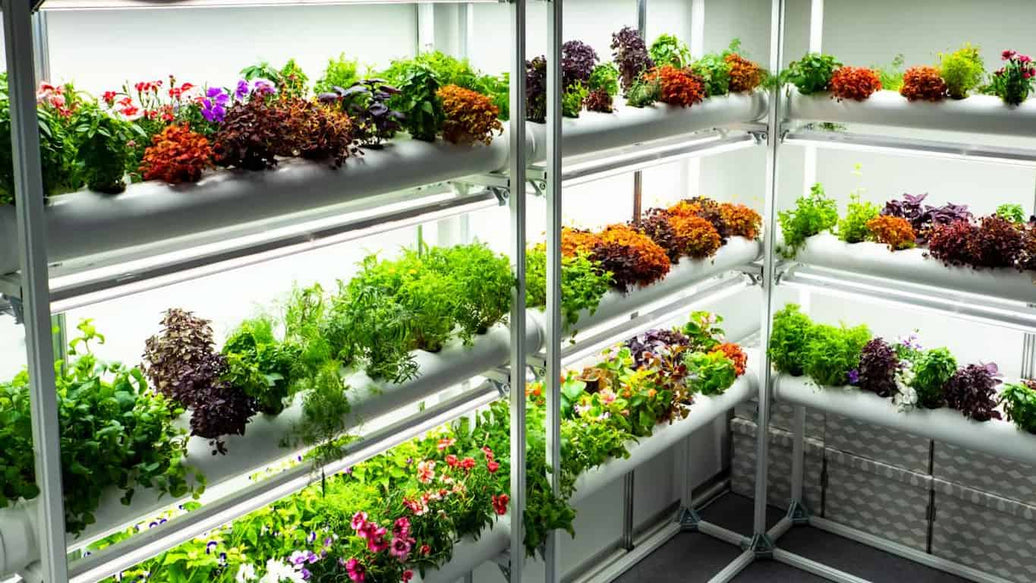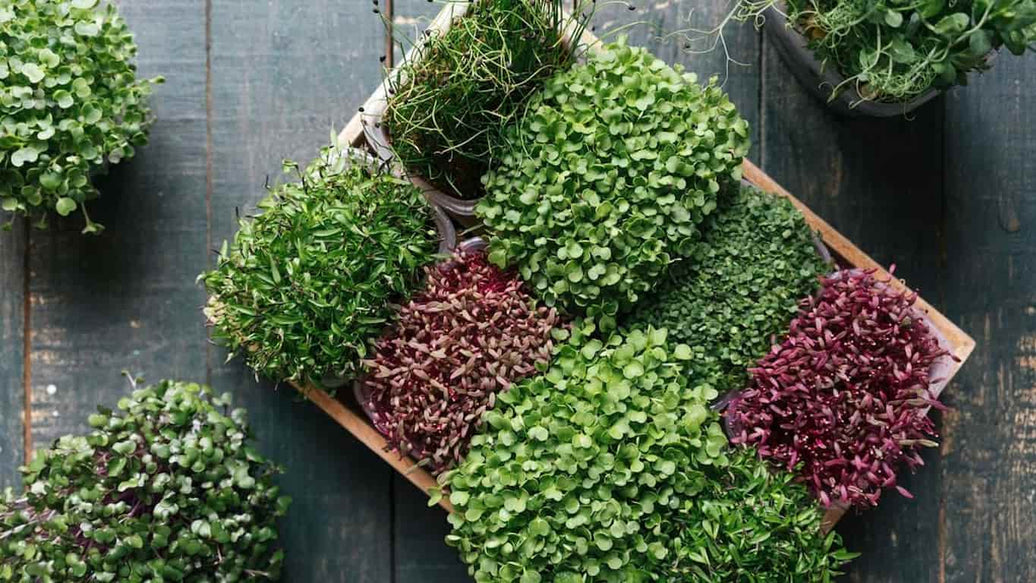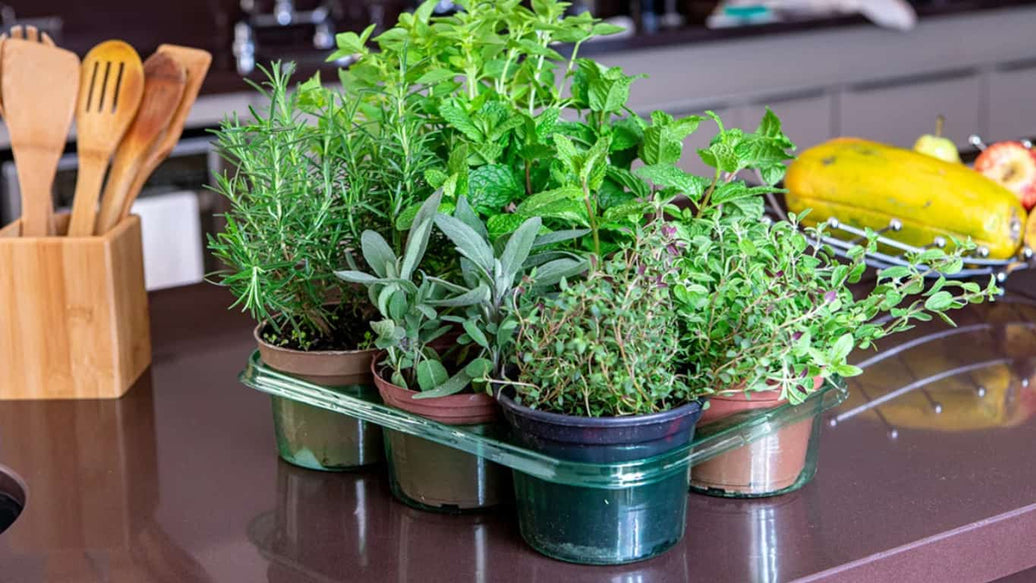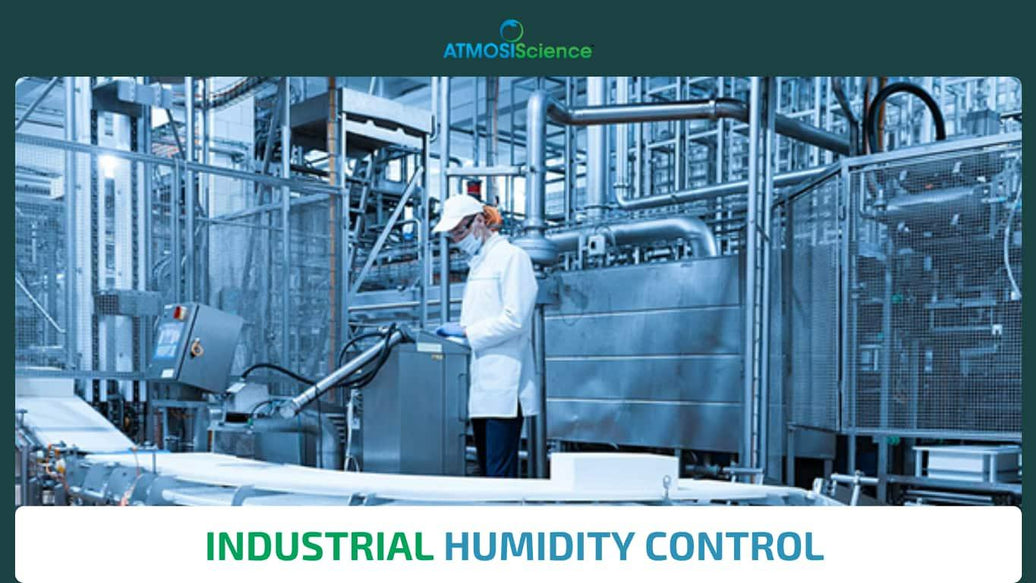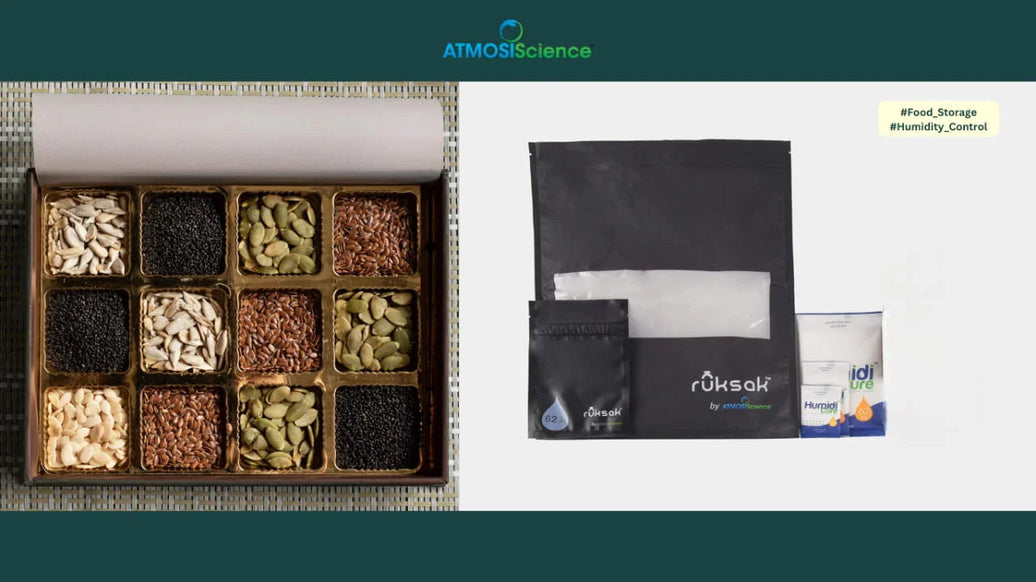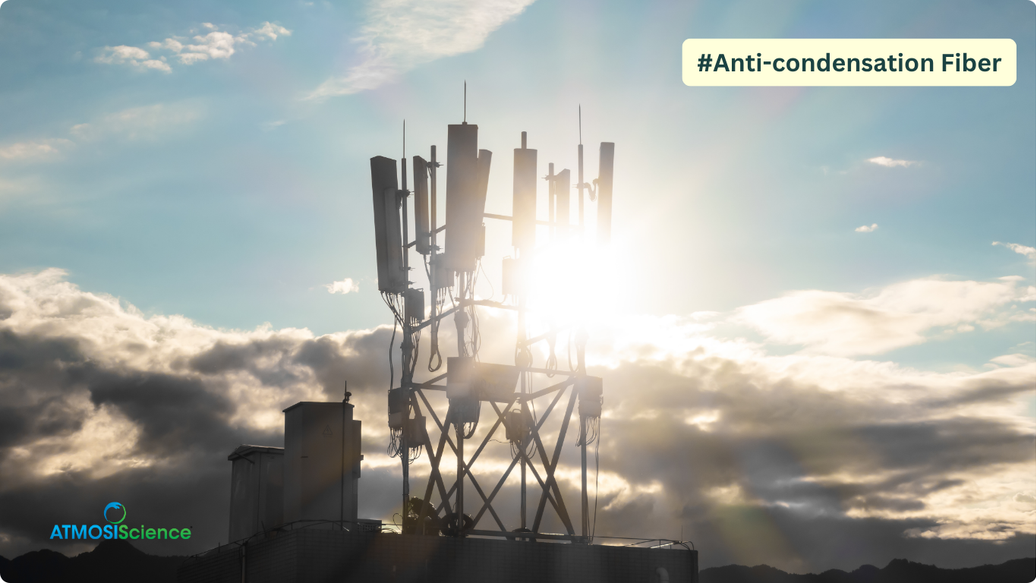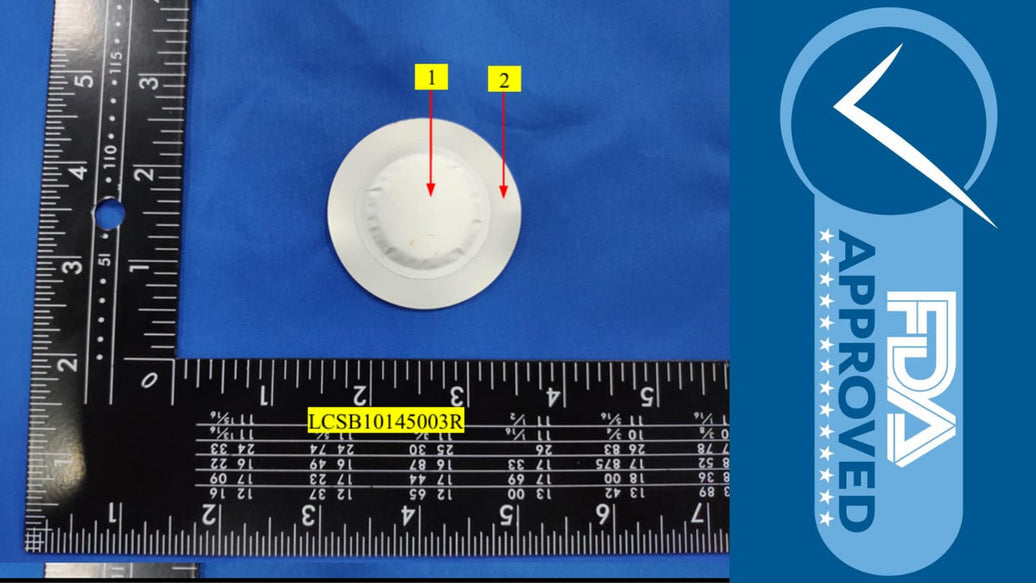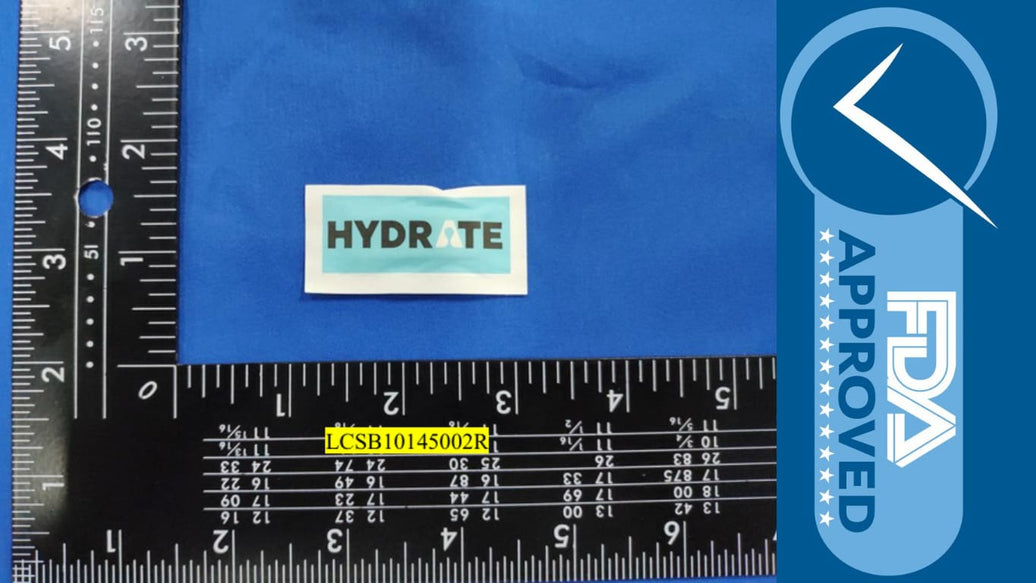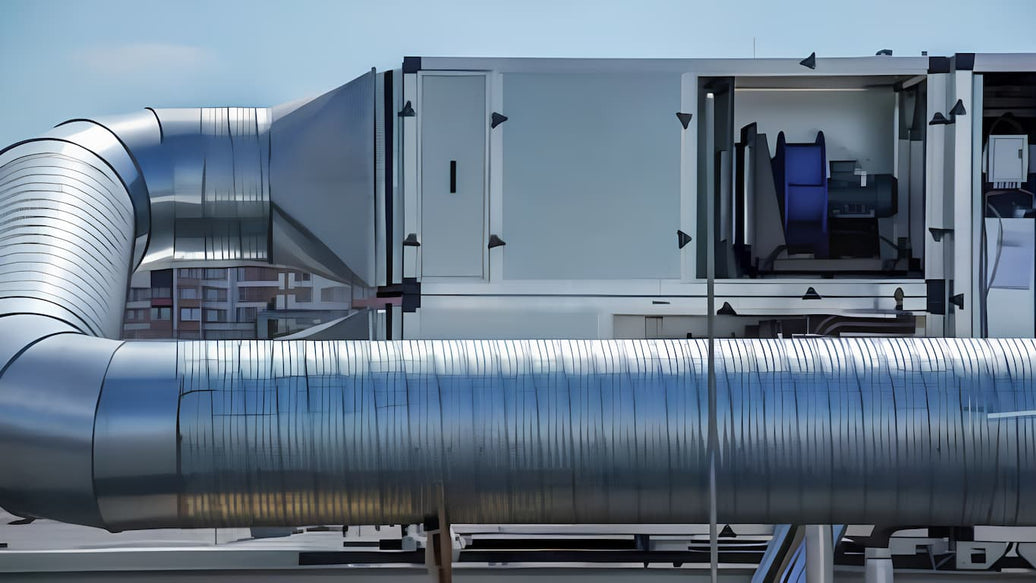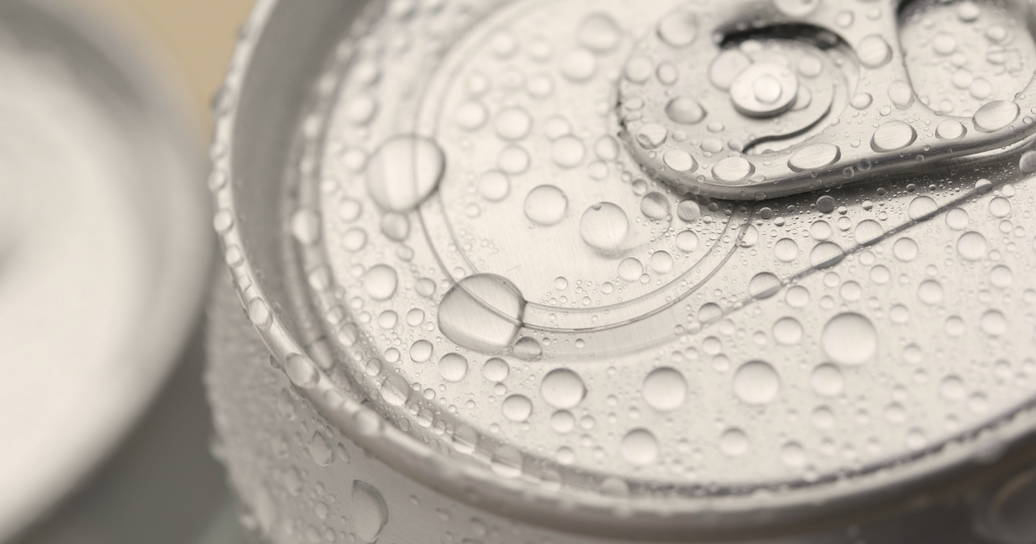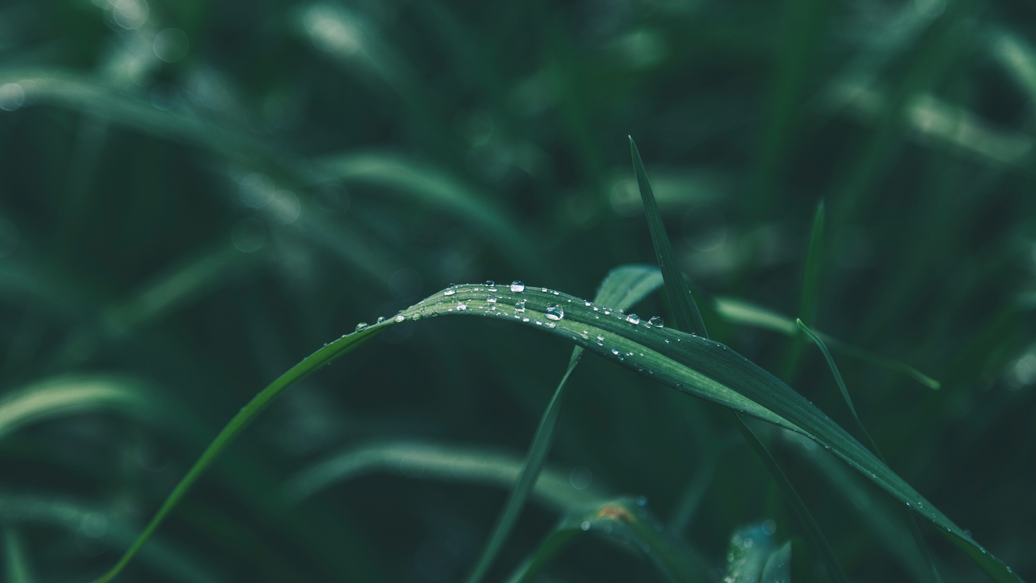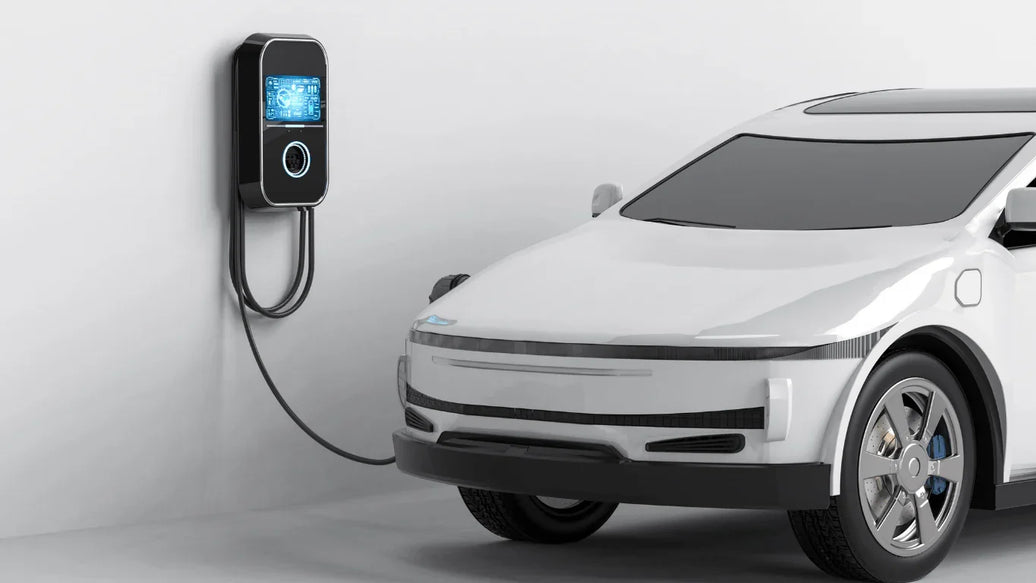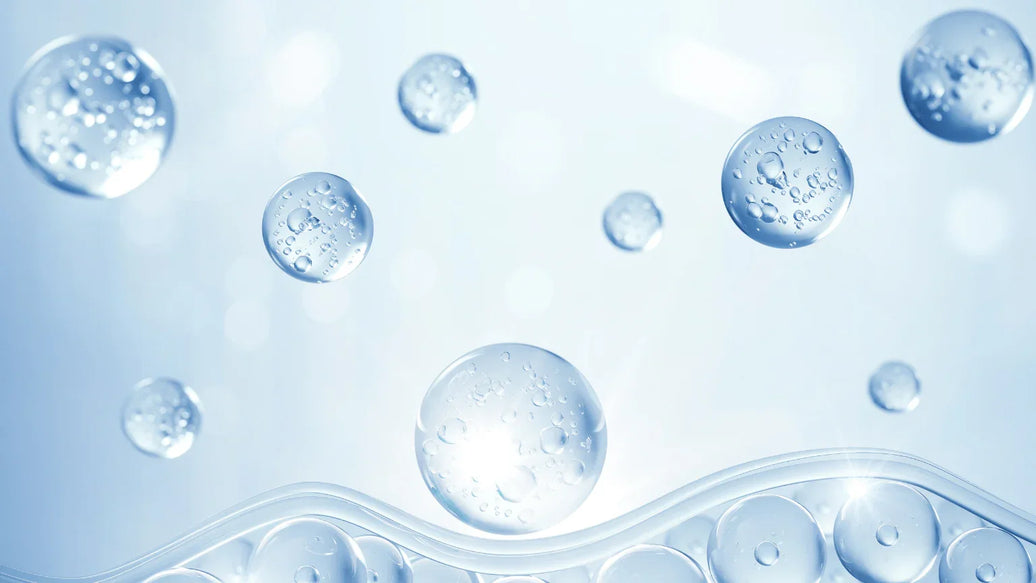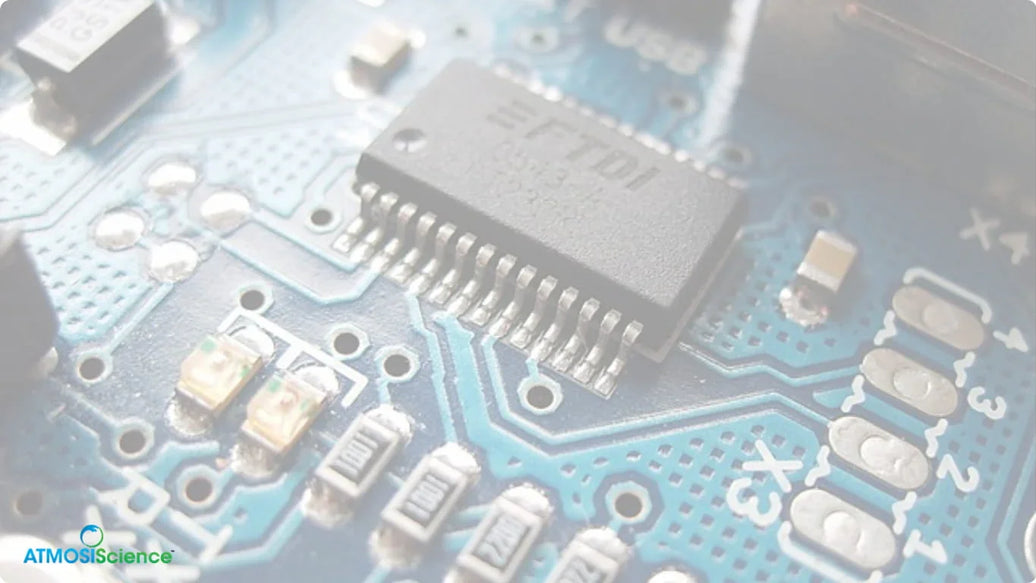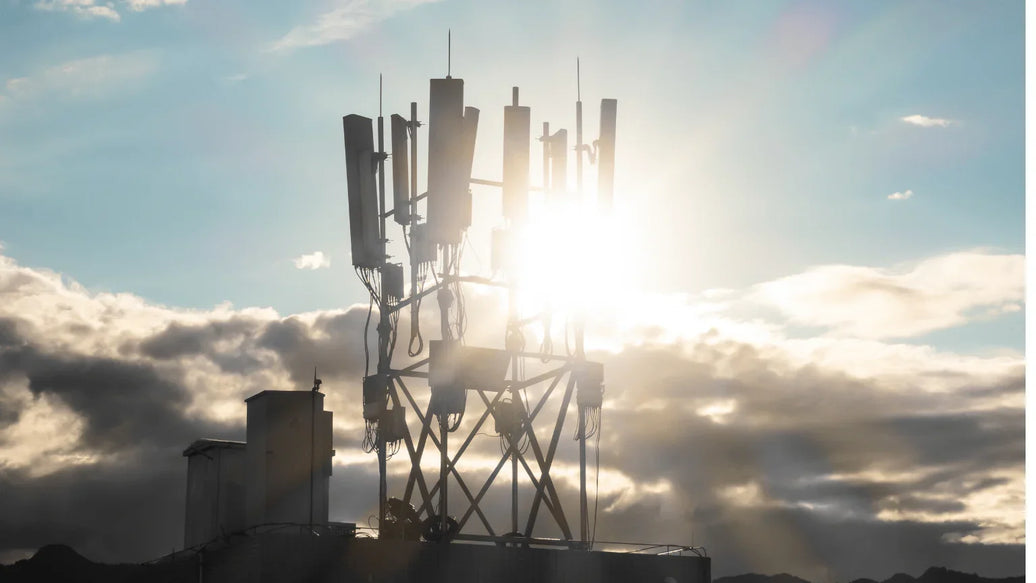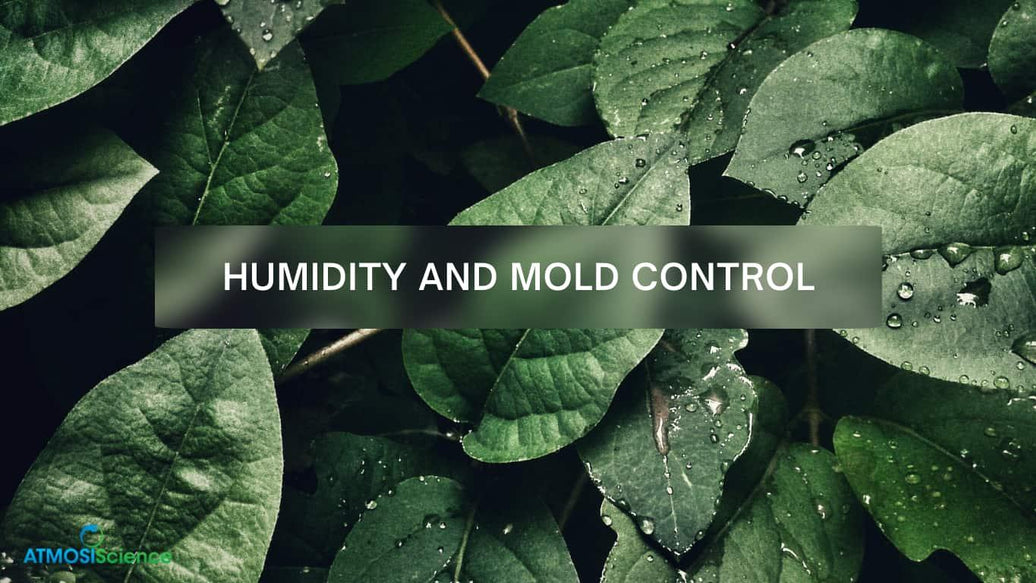Indoor gardening continues to gain momentum as a modern solution for those seeking fresh vegetables year-round, especially in urban environments or regions where outdoor growing seasons are limited. Among the most promising approaches are indoor tomato gardens and indoor greens gardens, which often utilize advanced hydroponic technologies. This post explores, from a scientific perspective, how these systems operate and how enthusiasts can successfully cultivate healthy plants indoors.

Understanding indoor gardening
Indoor gardening refers to the practice of growing plants inside controlled settings rather than open fields or traditional soil gardens. Such environments range from homes and apartments to dedicated greenhouses and vertical farming facilities. The growth of such gardens is fueled by increasing demand for fresh, chemical-free produce regardless of external weather and space limitations.
Benefits of an indoor tomato garden or indoor greens garden include:
- The ability to produce food throughout the year without seasonal interruptions.
- Increased control over environmental variables such as light intensity, temperature, and air humidity.
- Often superior taste and nutritional quality compared to commercially available produce.
- Reduced exposure to pesticides and soil contaminants.
- Efficient use of limited indoor space via vertical stacking or compact hydroponic setups.
Plants well-suited for indoor cultivation include dwarf and compact tomato varieties, leafy greens like lettuce and spinach, herbs, and nutrient-rich microgreens effective in small spaces.
Science of hydroponic tomato gardens

At the core of indoor gardening advancements is the technique of hydroponics, where crops are grown without soil, receiving all essential nutrients dissolved in a water-based solution. This practice presents several scientifically proven advantages when growing tomatoes indoors:
- Plants typically exhibit accelerated growth and higher yields due to direct and efficient nutrient delivery to roots.
- Water consumption is minimized since solutions can be recycled, with up to 90% savings compared to conventional soil cultivation.
- Nutrient solutions can be precisely formulated and adjusted to meet the developmental requirements of tomatoes at different stages.
- The absence of soil lowers the risk of pathogen infections and soil-borne diseases.
Research comparing hydroponic tomato gardens with traditional soil cultivation reveals equal or higher yields with enhanced fruit quality, including richer concentrations of health-promoting antioxidants such as lycopene and beta-carotene.

Successful hydroponic cultivation hinges on careful monitoring of solution pH and electrical conductivity (EC), as tomatoes have specific nutrient uptake preferences.
Appropriate balancing of macronutrients (nitrogen, phosphorus, potassium) and trace minerals supports optimal plant health.
Environmental conditions, including daylight-equivalent illumination (around 200-300 µmol/m²/s radiation), daytime temperatures between 20-25°C, and relative humidity around 60-70%, are critical to maximize tomato growth and fruit development indoors. Using energy-efficient LED grow lights tailored to plant photosynthesis enhances growth while controlling electrical consumption.
Smart sensor technologies and automation enable growers to maintain optimal nutrient and environmental parameters in real time, improving consistency and reducing labor requirements.
Indoor greens gardens with hydroponics
Hydroponics is equally effective for an indoor greens garden, facilitating rapid and clean production of leafy vegetables like arugula, lettuce, spinach, and nutrient-dense microgreens. The advantages include:
- Short growth cycles that can be 30 to 50% faster than soil-based cultivation.
- Reduced contamination as roots are suspended in sterile nutrient media rather than exposed to soil.
- Highly efficient water use, sometimes reducing consumption by as much as 90%.
- Potential for vertical stacking to maximize yield per square foot in urban environments.
Key parameters governing indoor greens growth include maintaining stable light exposure (approximately 14-16 hours daily), keeping nutrient solutions slightly acidic (pH 5.5 to 6.5), and adjusting nutrient concentrations to promote leafy biomass rather than fruit production.

Setting up your indoor hydroponic tomato garden
Creating a productive indoor hydroponic tomato garden involves choosing appropriate plant varieties and assembling the right equipment.
Selecting tomato varieties
Indoor conditions favor certain cultivars, including:
- Cherry tomatoes, which are compact, prolific, and suitable for indoor spaces.
- Roma tomatoes, favored for their sauce-ready dense flesh.
- Dwarf or determinate beefsteak types, offering large fruits without excessive vine growth.
Essential equipment and conditions
- A supportive substrate such as coconut coir or rock wool to anchor roots.
- Containers or grow bags to hold plants and nutrient solutions.
- Hydroponic system types commonly used include substrate culture or drip systems, which facilitate optimal aeration and moisture control.
- Environmental control equipment such as high-efficiency LED grow lights, timers, temperature and humidity controllers.
- Ventilation to prevent disease and support plant respiration.
- Structures such as trellises or stakes to support indeterminate plant growth.
Stepwise setup
- Start seeds in a moist inert medium, such as rock wool cubes.
- Transition seedlings into hydroponic containers with nutrient solutions specifically tailored for tomato growth.
- Install LED grow lights on timers simulating natural day length.
- Maintain consistent airflow and humidity control to optimize plant respiration and disease prevention.
- Use pH and EC meters regularly to check nutrient solution parameters and make adjustments.
- Apply pruning techniques to encourage fruit production and airflow.
- Facilitate pollination within an enclosed indoor environment via gentle mechanical shaking or fan airflow, compensating for lack of natural pollinators.
Maintaining sanitary conditions and avoiding overcrowding are essential to minimize pest and disease outbreaks.

Advanced techniques and technology integration
Maximizing productivity and sustainability in indoor hydroponic tomato gardens increasingly involves:
- Vertical farming techniques, where multiple layers of tomato plants are stacked to optimize spatial use.
- Integration of smart sensors and automated control systems for environmental and nutrient regulation, greatly reducing manual labor
- Data-driven water consumption models used to precisely calculate irrigation and reduce waste, critical in sustainable greenhouse operations
These advancements support urban agriculture aims of high-yield, resource-efficient food production.
Scientific evidence and case studies
A variety of controlled experiments demonstrate:
- Hydroponically grown tomatoes often match or surpass soil-grown varieties in fruit yield and antioxidant content
- Water efficiency may improve by up to 90% in closed hydroponic systems, crucial in areas with limited water availability
- Precise nutrient management lessens fertilizer runoff and environmental contamination risks.
- Commercial hydroponic greenhouses validate these findings and show potential scalability for future food systems.

Conclusion
Combining hydroponics with indoor tomato garden and indoor greens garden setups offers a scientifically supported method to grow high-quality fresh produce year-round with minimal environmental impact. By mastering nutrient solutions, environmental controls, and appropriate variety selection, growers can enjoy a fruitful and sustainable gardening experience indoors.Start today by applying these science-backed principles to create your own thriving indoor hydroponic tomato garden.
